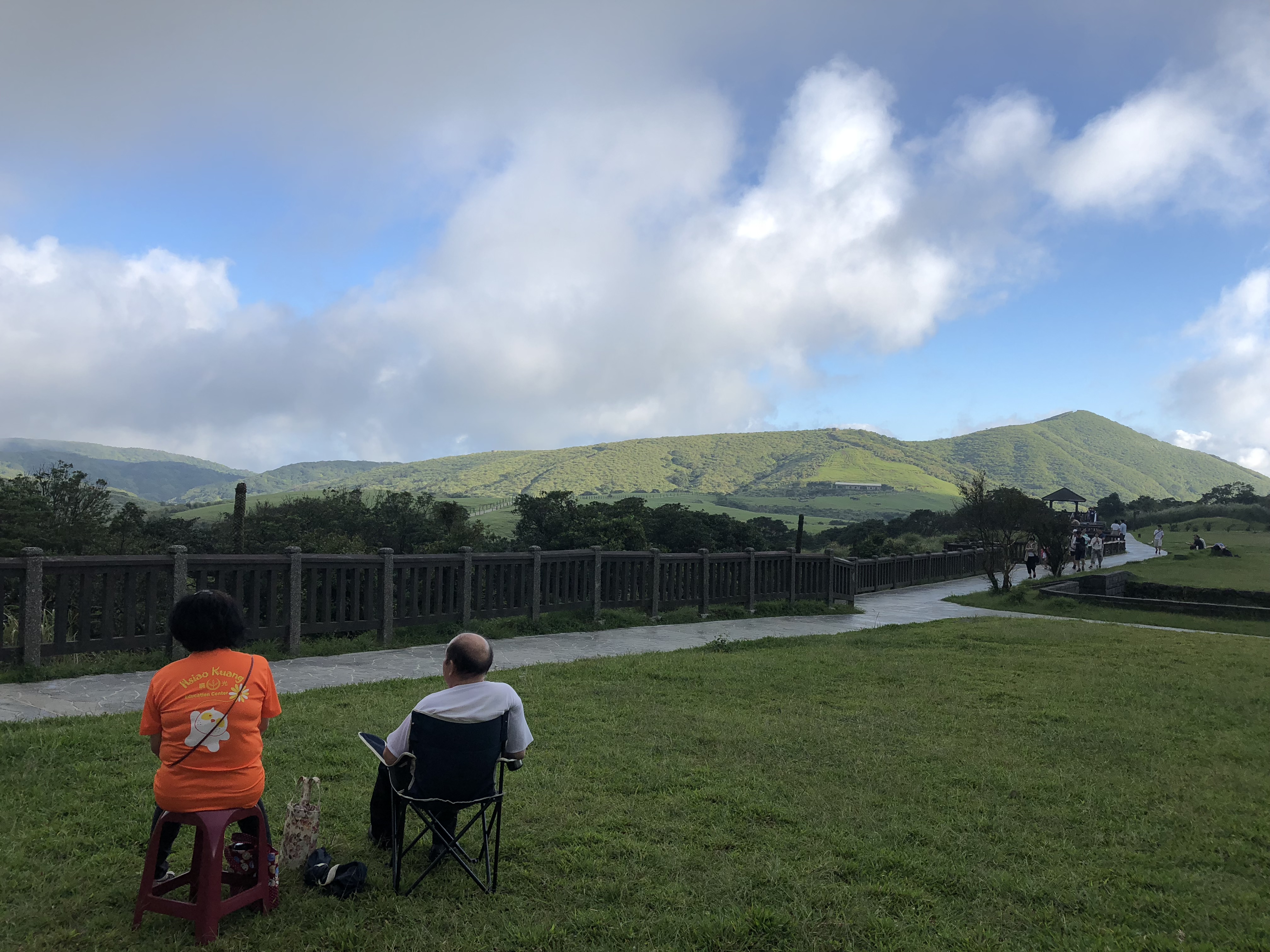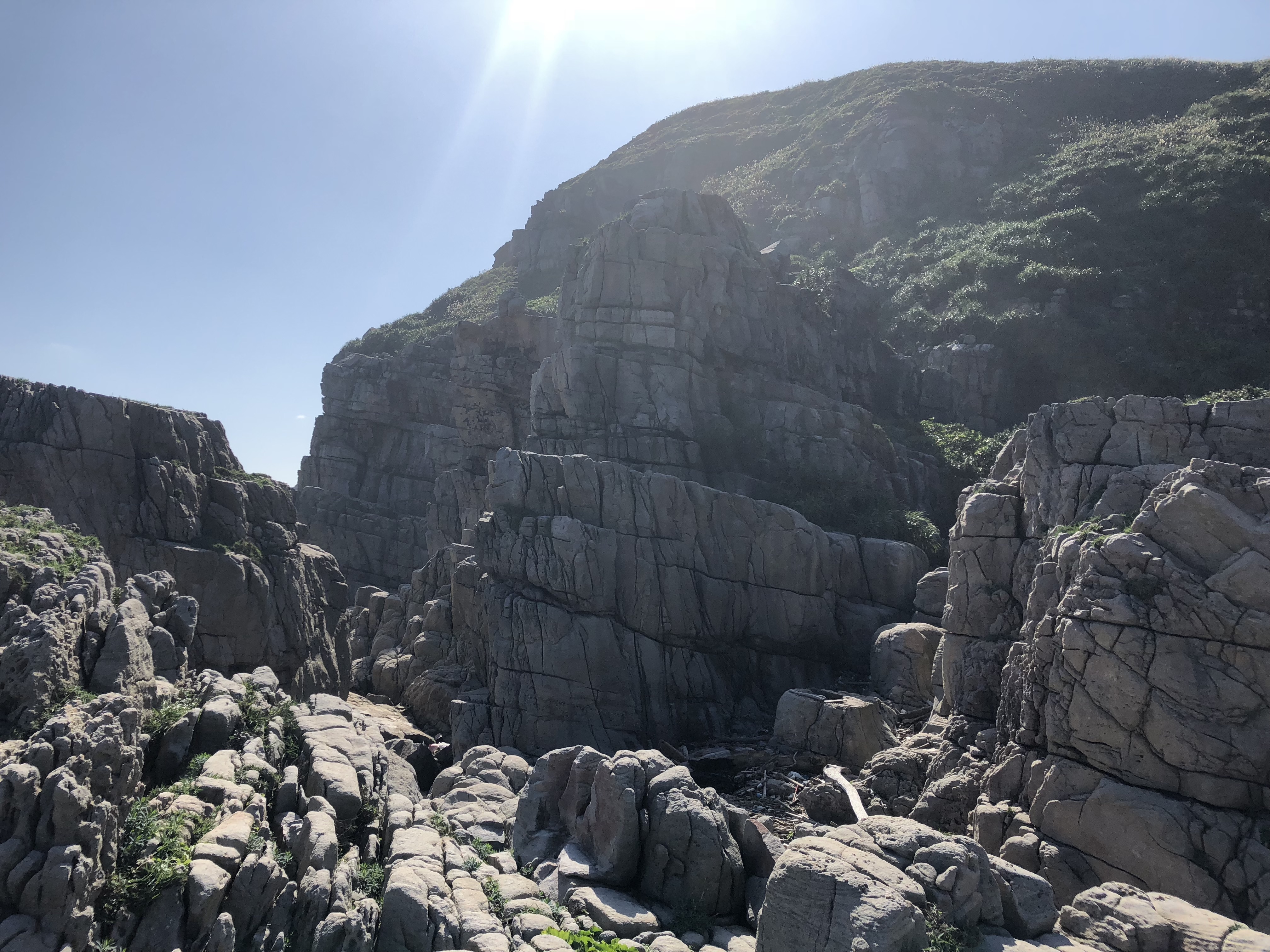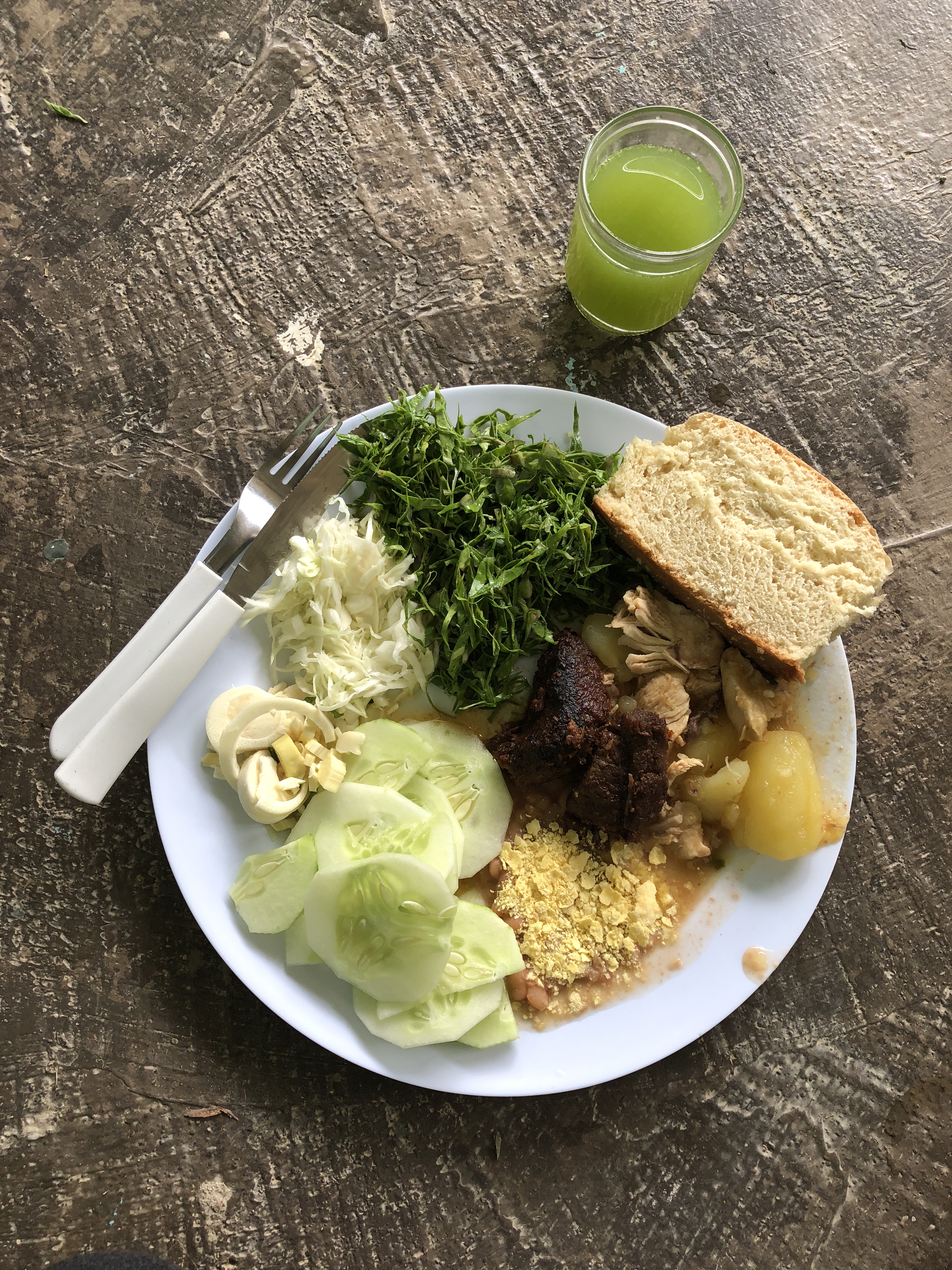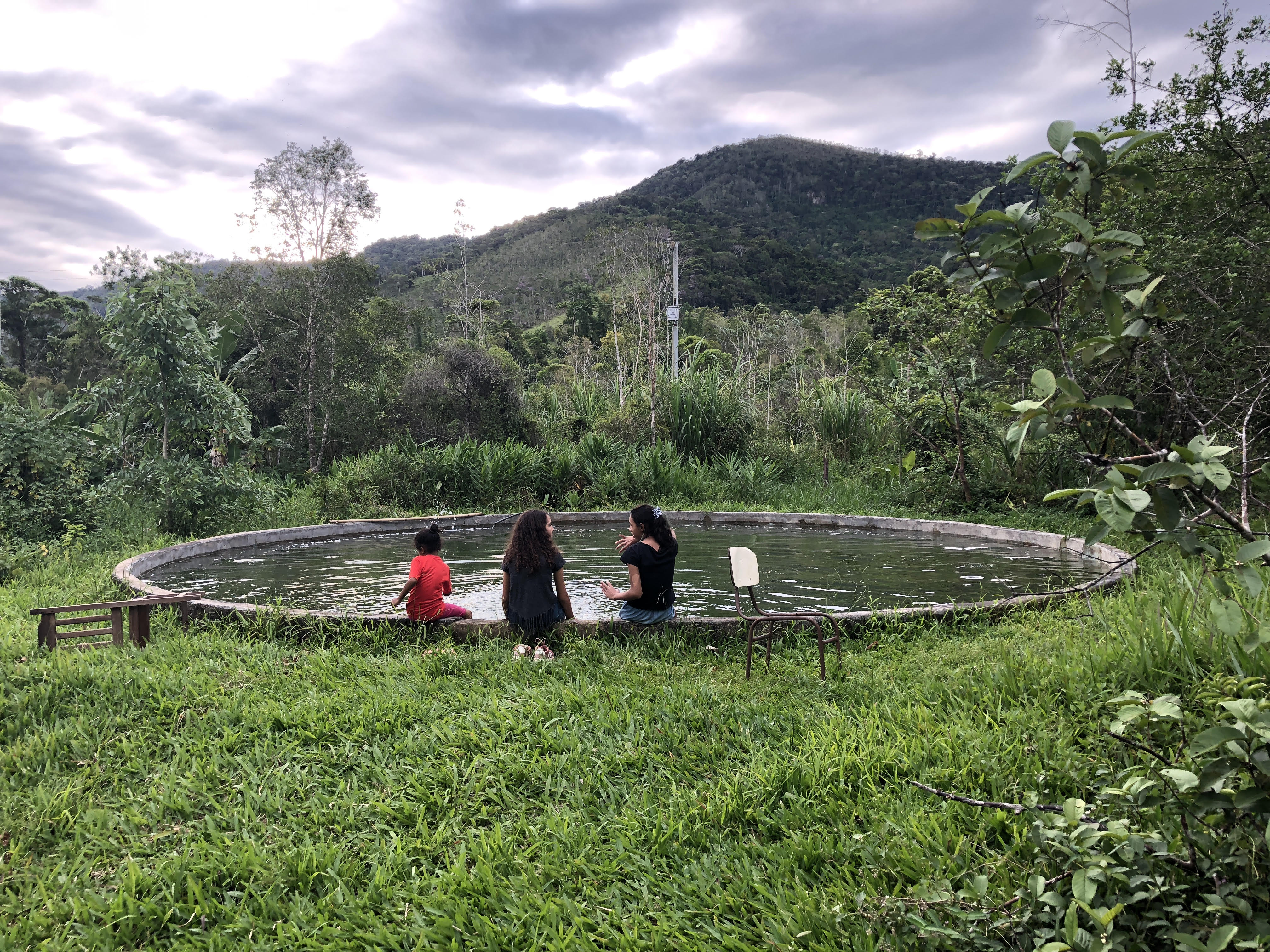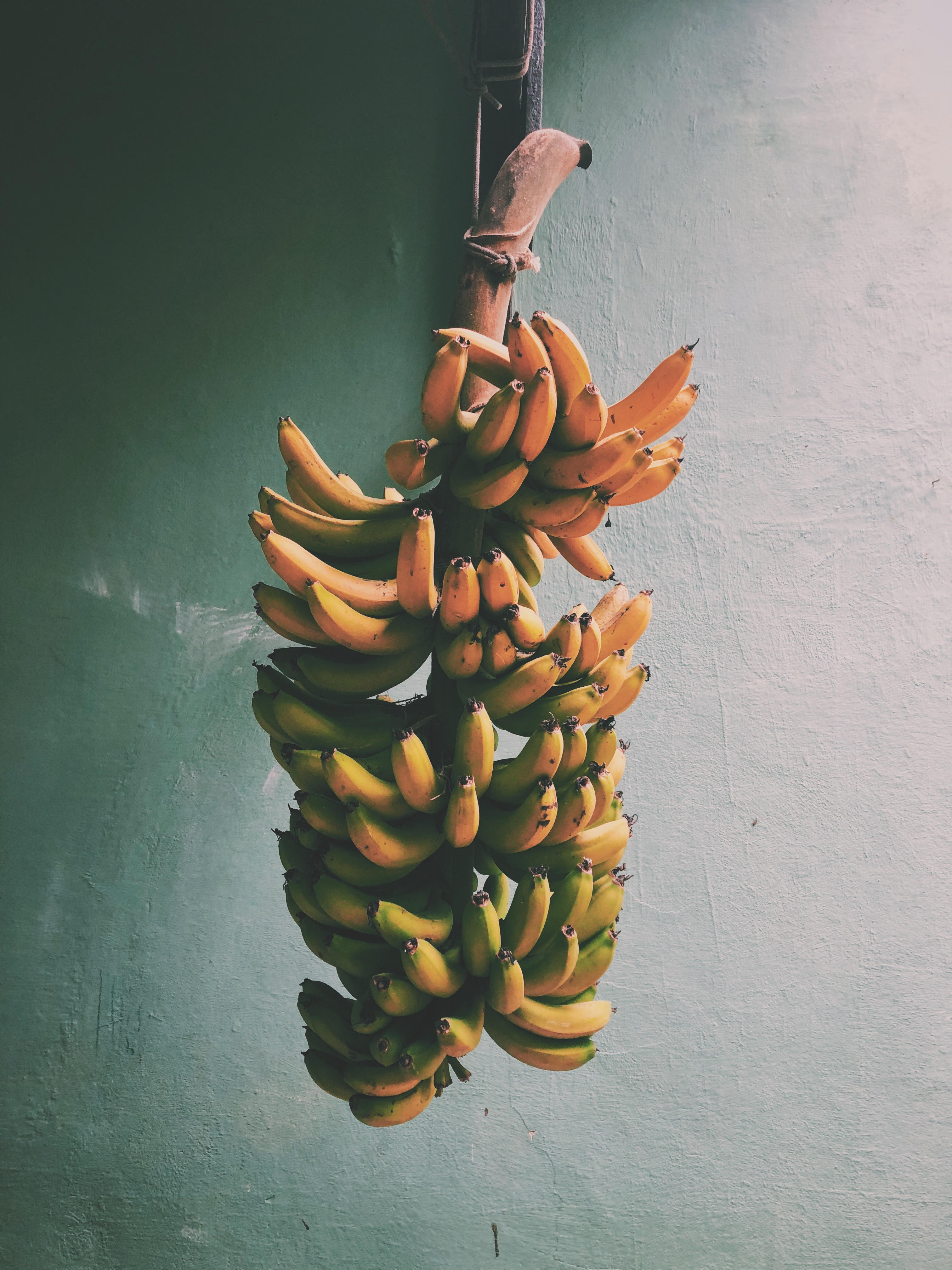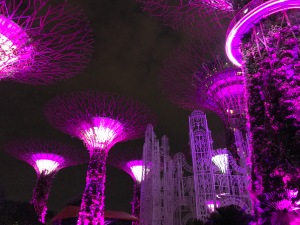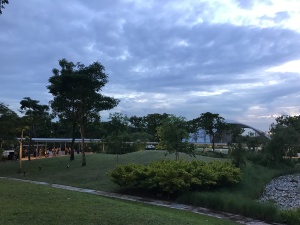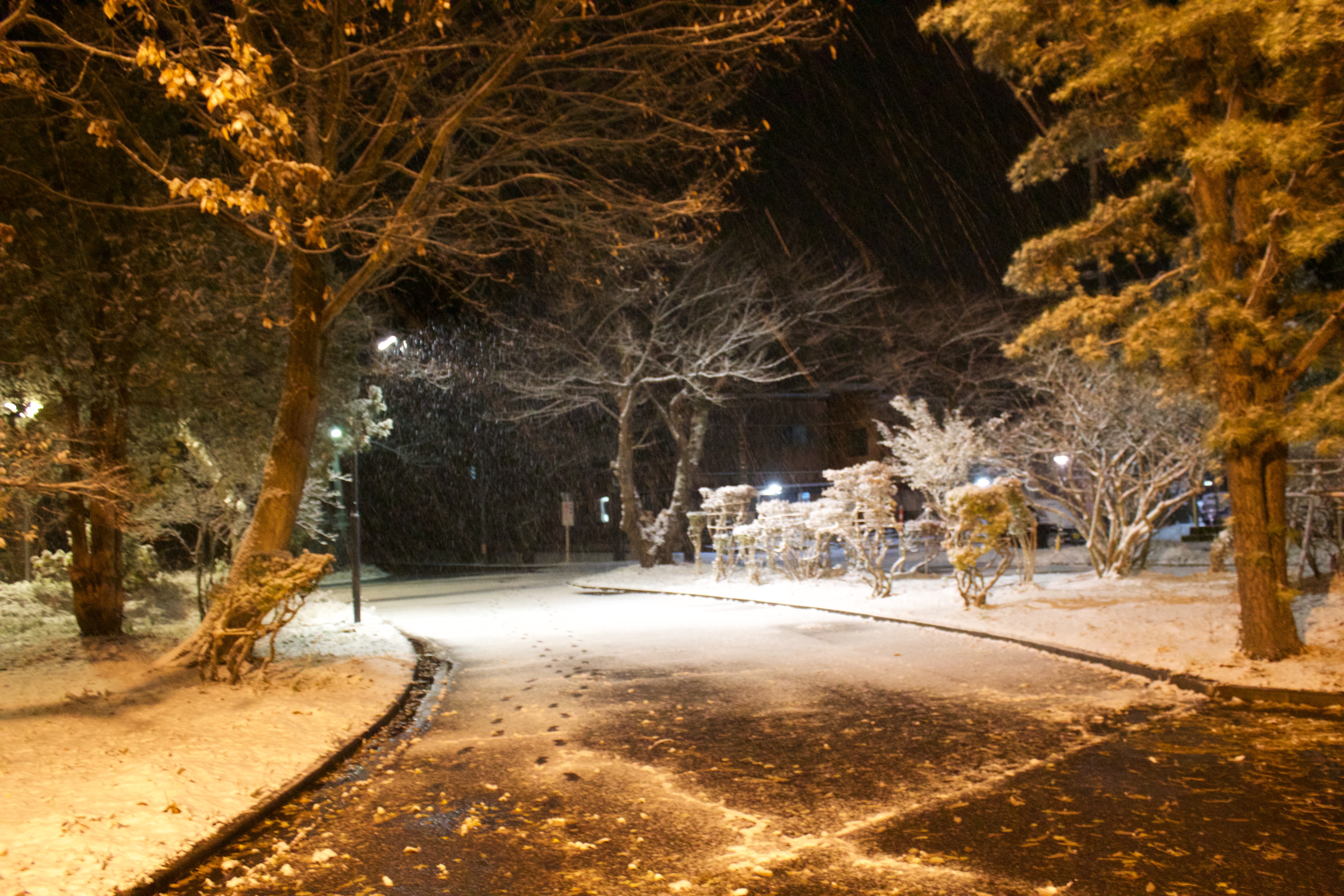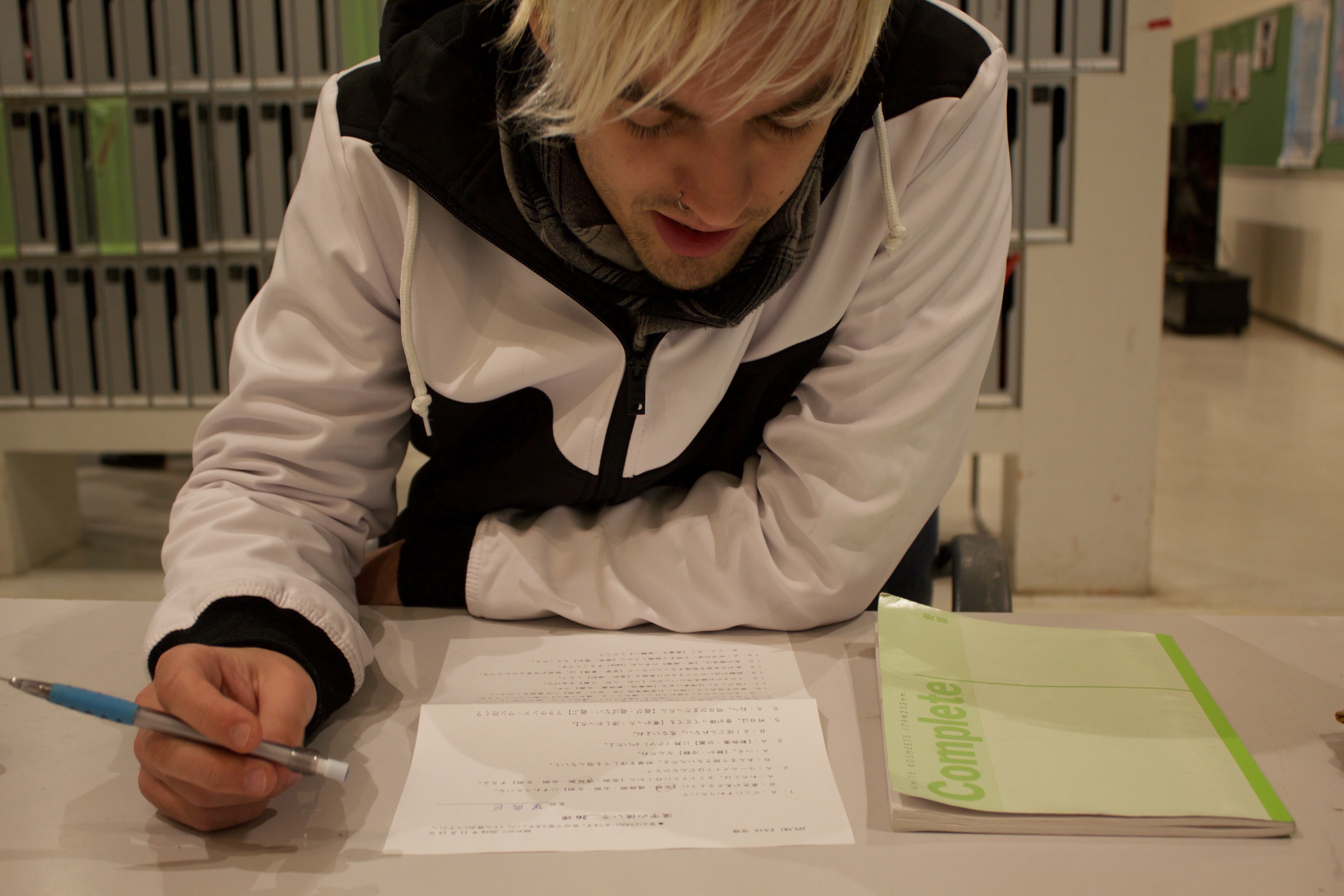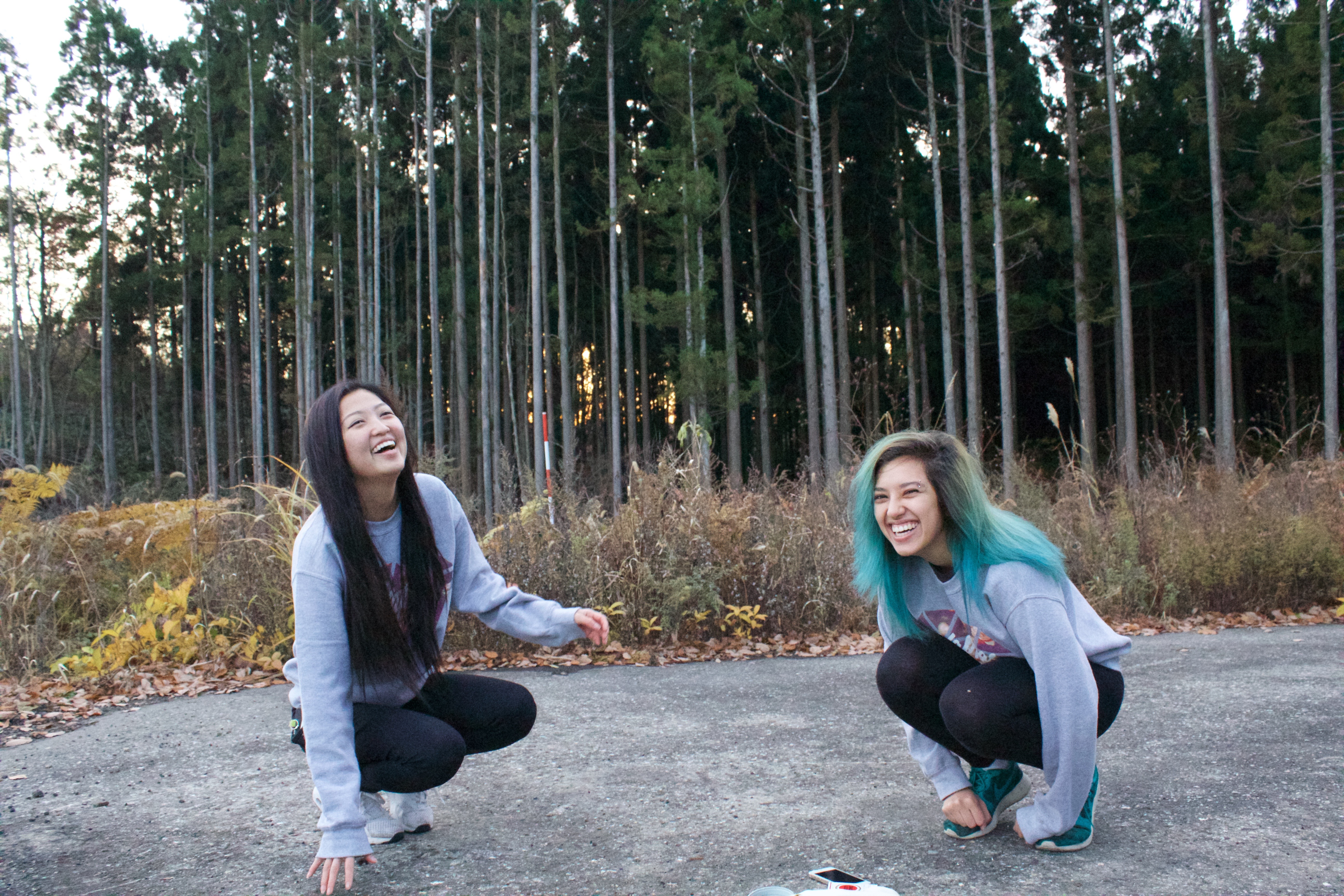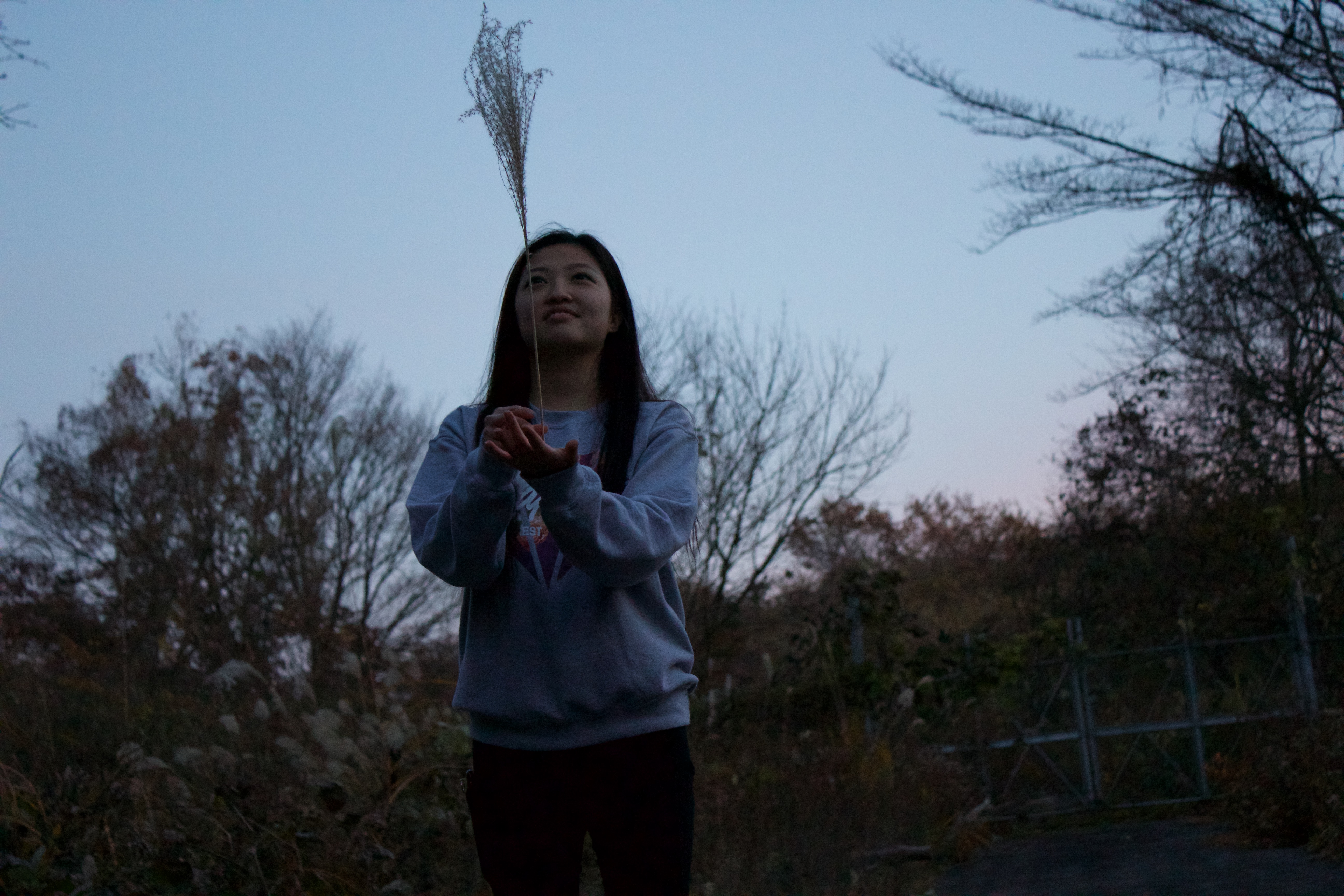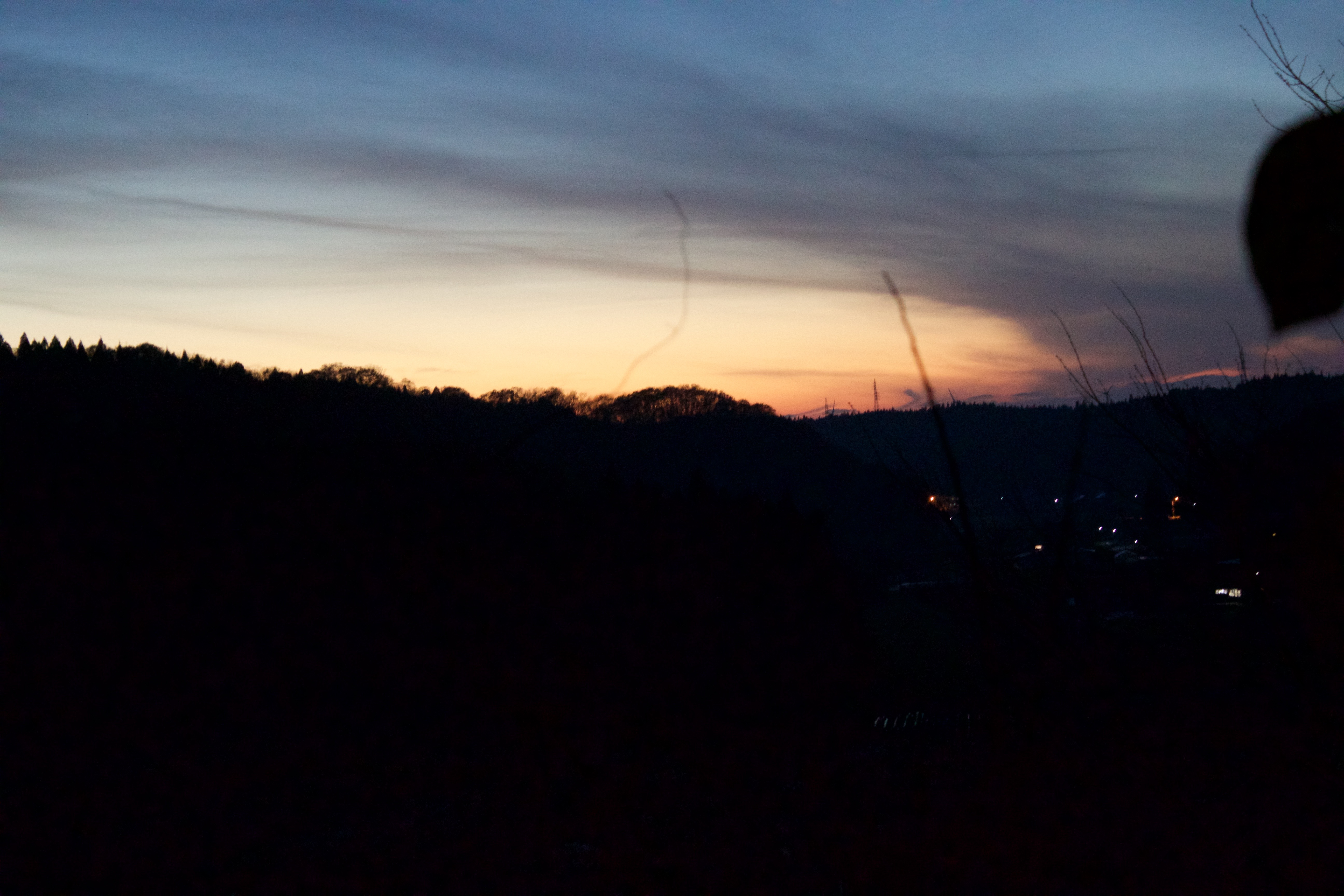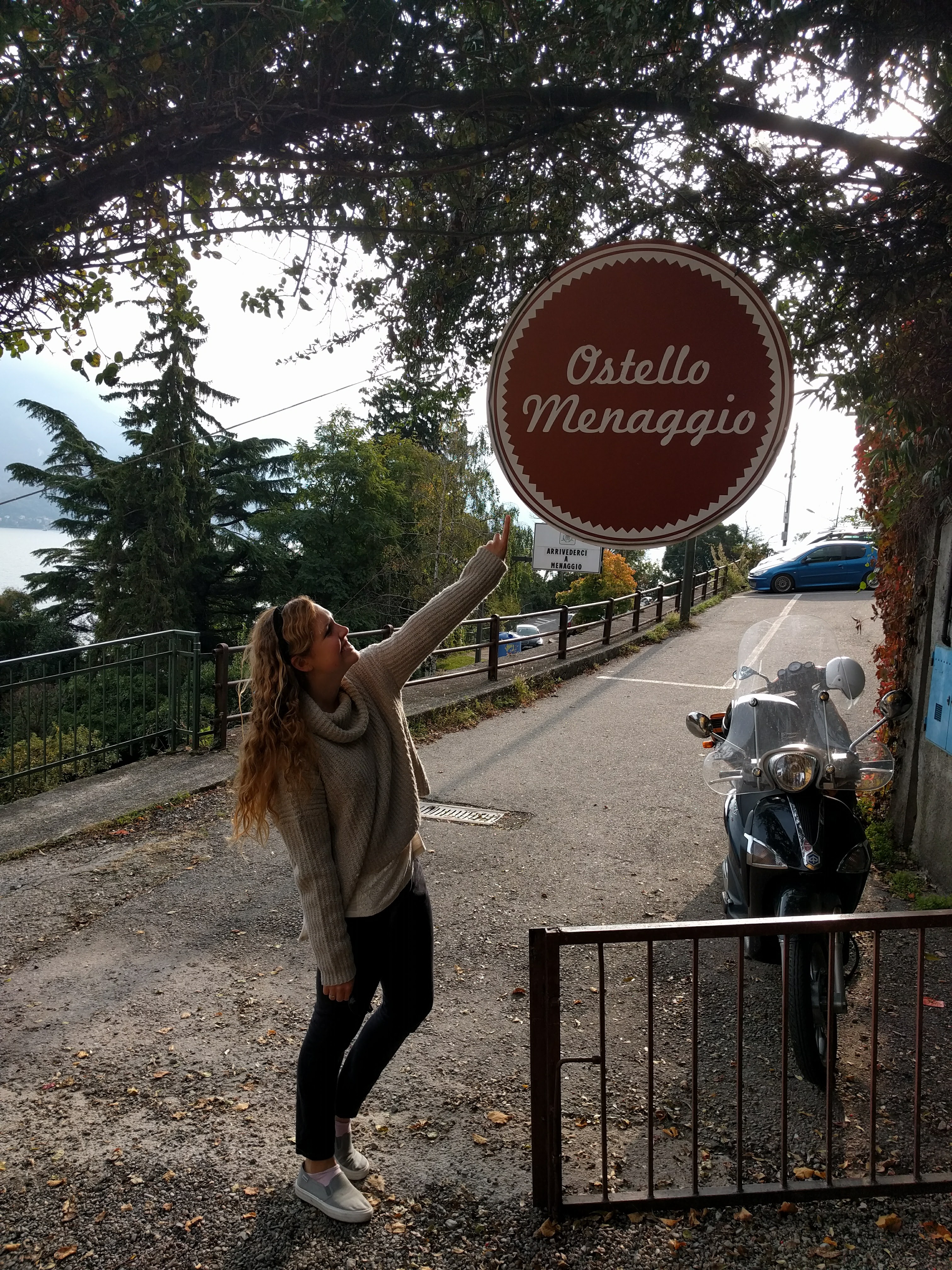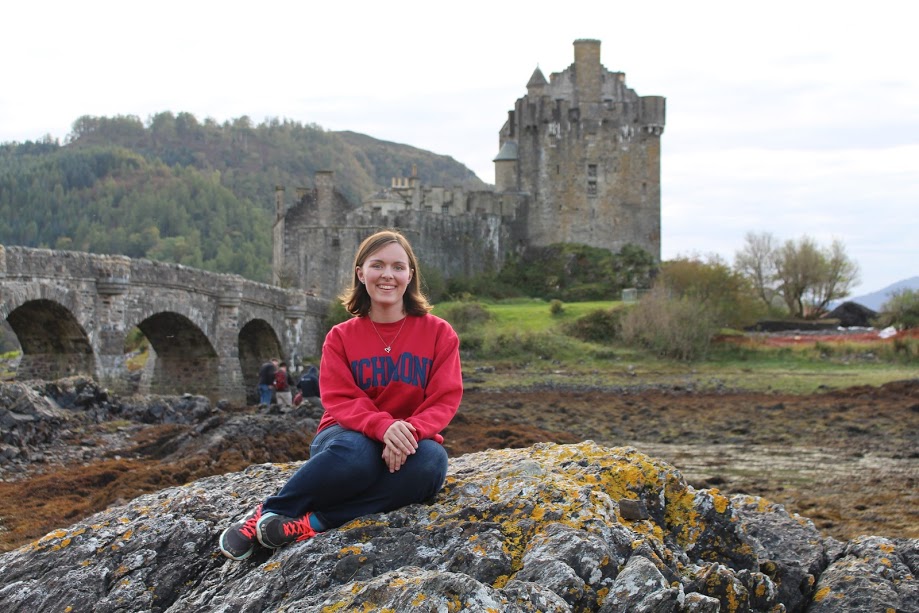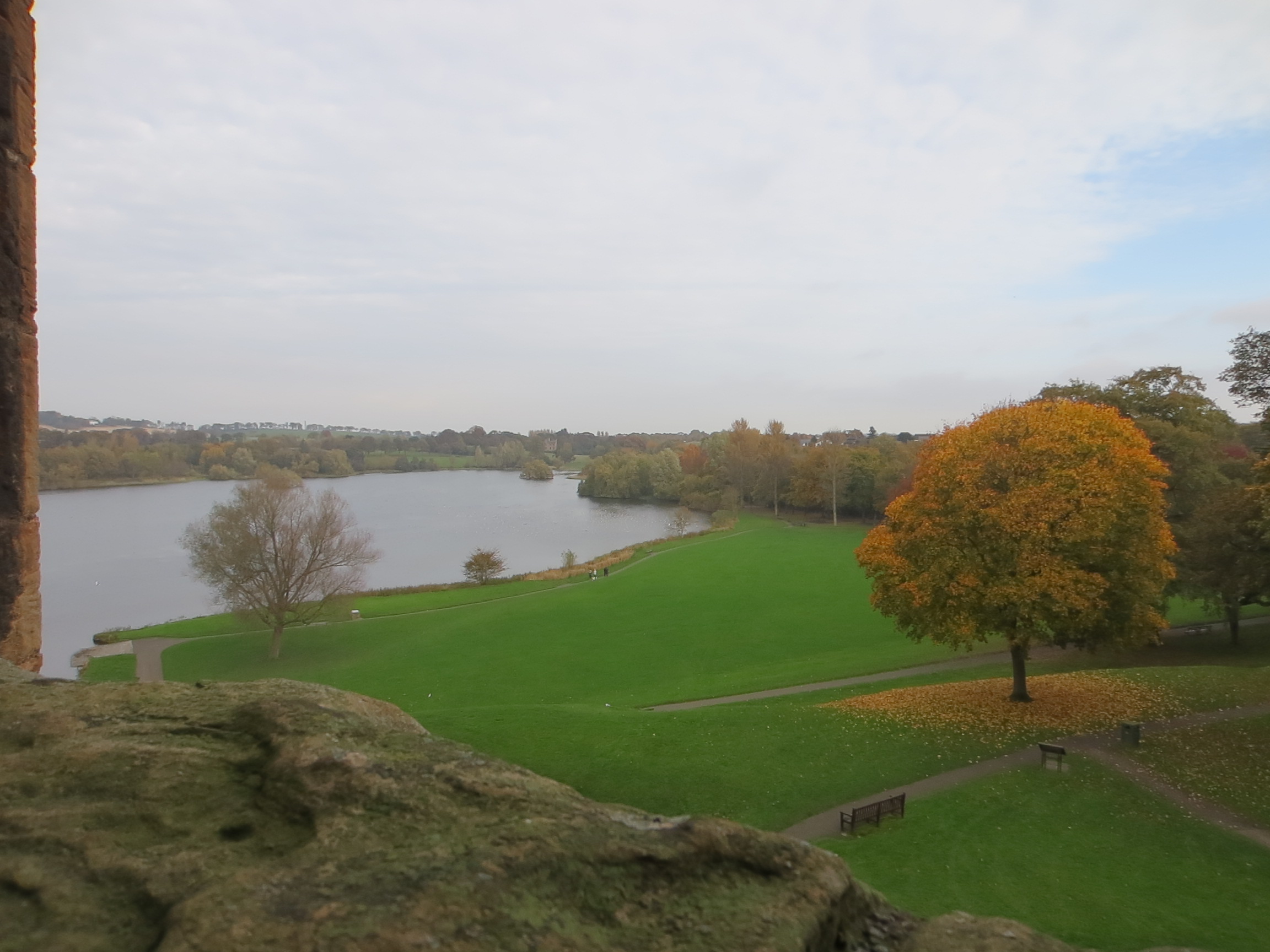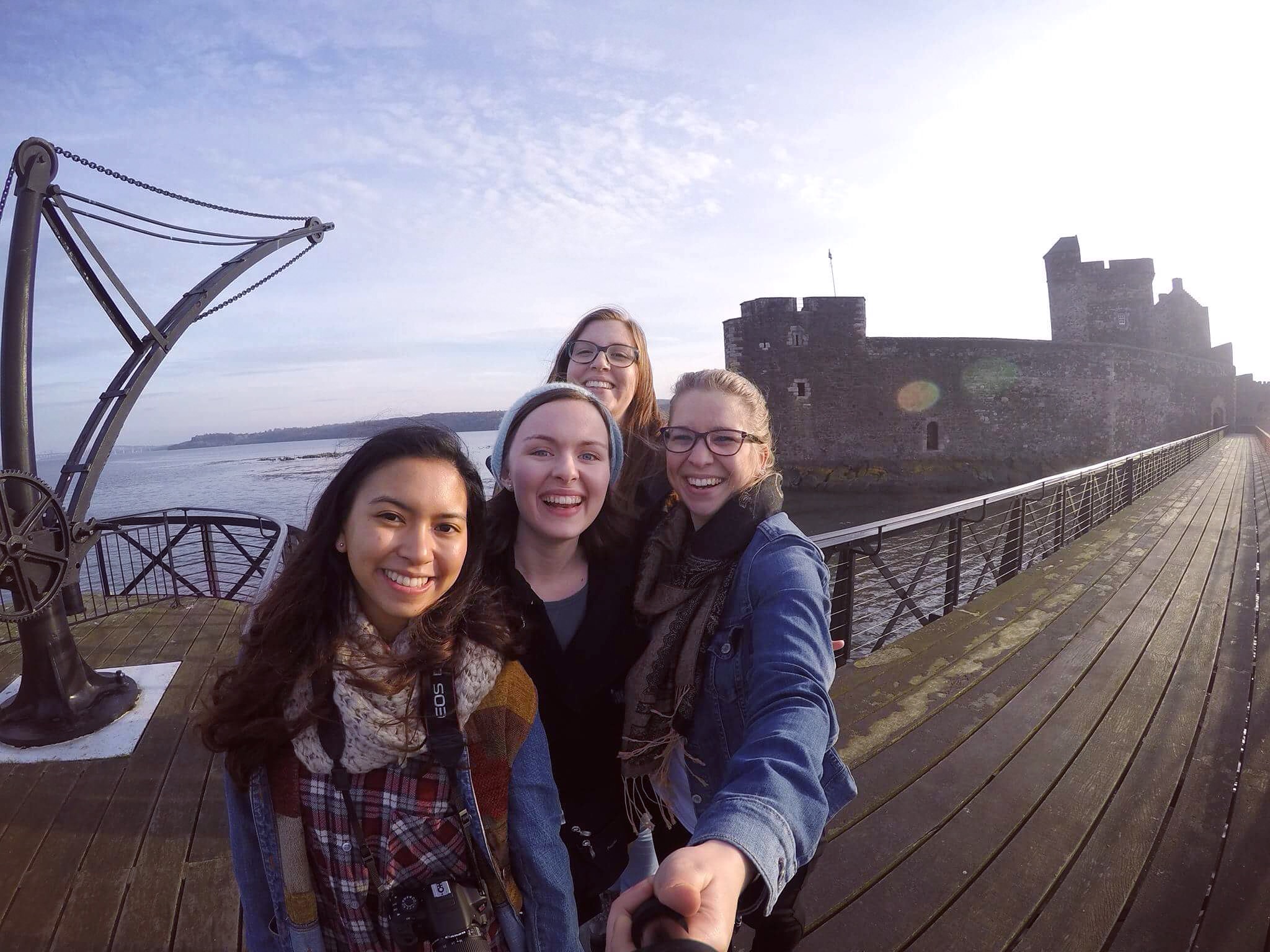Mari Mari, my friends! (Hello in Mapudungun, the native language of the Mapuche people).
After weeks of crazy busy city life in Santiago, we escaped to the south of Chile. No, it is not Patagonia, but a lovely town called Curarrehue. On the border of Argentina, Curarrehue is home to the Mapuche people, an indigenous community that inhabit south-central Chile and southwestern Argentina. We stayed with community members while learning about their ideologies and struggles through talks and site visits.

My host mom Ida. She is the kindest person I have ever met in my life. She makes the best Chappi (hot pepper sauce) and sopaipillas!
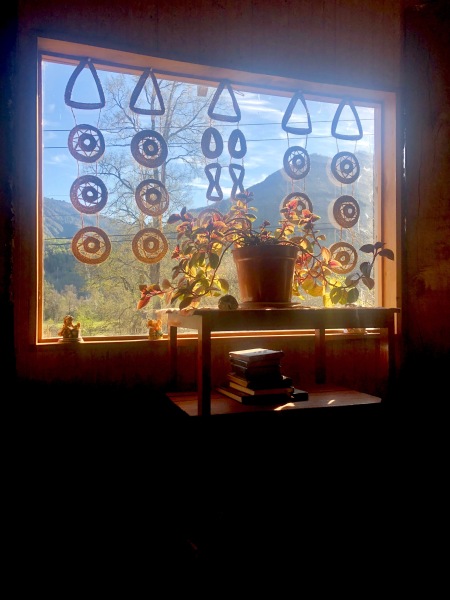
Ida is an amazing artisan. She makes beautiful hand crafts to decorate her home. She also gave me a small handmade basket as a gift.
The Mapuche community has a strong connection with nature; to be more accurate, they are considered to be a part of nature. “Defending the land is defending our mother,” they repeated many times. Thus, they are willing to do anything to protect mother nature, against the biggest perpetrators – the Chilean state and private companies. Because of their geographical location and potential resources, many mining companies come into their space, using hydro-powered machines to extract minerals. The Chilean state, even though declares water as common goods, sells the use of the river to private companies. The Mapuche people know that they don’t have power to resist companies from coming, thus they turn to nature and pray for rivers to protect themselves. The people believe in the spirits of nature and share their lives with these spirits.
I honestly did not quite grasp their belief in spirits of nature until I sat by the river and watched the flow. All I could see was the beautiful view of the mountains, and all I could hear was the harmonious sound of water. At that moment, I finally started to comprehend the worship of water and worship of nature. This scene also took me back to my freshman spring semester, when I took a class called Geographic Dimensions and Human Development. I read an article about Fiji indigenous people’s struggle with the Fiji Water industry. Again, I had some sympathy for them at the time, yet I did not quite understand their difficulty. This serene moment by the river finally made me comprehend the issue for the Mapuche and for Fiji Islanders. Water, as a natural resource and an essential need, should not and never be a privatized source for profit. It is such a capitalist idea to take water away from human lives for money; this is a serious violation of human rights.
Forests also play a significant role in the Mapuche culture. The people go into the mountains for months, dancing and singing by the woods, giving trees love and company. In their philosophy, one should always ask for permission from nature when entering an unfamiliar place. And to show their gratitude, they also bring some offerings to nature as well.
On the weekend, we went hiking near Volcano Lanin. Before we started, we came by a river at the foot of the mountain. Our guides told us that if we ask for permission from nature sincerely, then mother nature will protect us in the wilderness. Thus, I closed my eyes and prayed in my mind, “thank you for letting us into your space. I promise I will take good care of all my actions in your place.” After praying, one guide took out a bag of flour, grabbed a handful, and placed it in the river. “This is a gesture to thank mother nature,” another guide explained.
After the ritual, everyone felt refreshing and well-protected; thus, we started hiking. For the first few minutes, it was just like other hikes in the woods. However, after a moment, there appeared patches of snow. Then, without knowing, we were stepping into several feet of snow. Two years of life in Virginia did not prepare me well to walk on snowy land. I slipped several times and fell into the snow twice with snow up to my thigh. Luckily, there were many friends well experienced and managed to pull me out of my plight (literally and figuratively).
The whole hiking trip was about five hours. We stopped here and there to appreciate nature and views, and we also learned about special species of trees and seeds in the woods. One guide recounted that he used to come into the woods with his family, helping to find good spots to plant seeds. Yet, the trees’ rate of growth was much slower than the humans’ speed of cutting. “Those Europeans love turning woods into furniture,” he joked.
It was a very short and joyful hiking tour, and I had a taste of the Mapuche’s intimate connection and affection of mother nature. For a people that have been living there for thousands of years, nature runs in their blood. The Mapuche people faced Spanish invasion and Chilean oppression, yet they are staying strong to defend themselves and defend their mother nature. This is a spirit that I shall carry forever.







 Posted by Camellia Liu
Posted by Camellia Liu 
